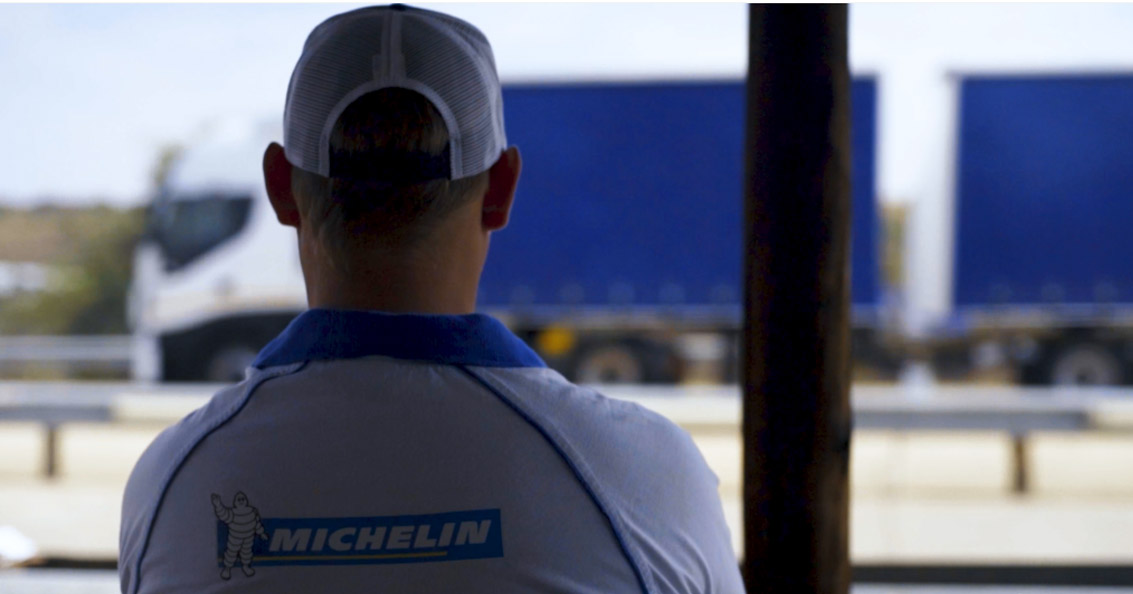20 December 2019
Go green with the Michelin X-Line Energy tyre

Go green with the Michelin X-Line Energy tyre
It’s an open secret that our engineers are dedicated to improving sustainable mobility and decreasing your fleet’s overall running cost. At Michelin, we never stop innovating – and we never stop improving. The Michelin X-Line Energy range is proof of this, but we’ll get back to this in a moment. We have no shortage of overseas standards when it comes to researching ways to drive a reduction in CO2 emissions from transporting road freight, but this means little to a South African fleet. Tackling climate change requires the collaborative effort of experts from different sectors in South Africa.
Sustainable Road Freight-South Africa (SRF-SA) recently collaborated with the University of the Witwatersrand, Stellenbosch University, the CSIR, the University of the Western Cape and Tshwane University of Technology, as well as Michelin. Their mission was to run evidence-based research trials of the Michelin X-Line Energy range and compare them with the conventional tyres available in South Africa. The trials were held at the Gerotek Test Facilities in Pretoria.
The SRF-SA specifically conducted a comparison of low rolling resistance between both types of tyres. If a tyre has a low rolling resistance, it decreases the rolling effort and ultimately improves the fuel efficiency of the vehicle.
The test was conducted on two loaded B-doubles fitted with a full rig of test tyres – Green (Michelin X-Line Energy) on one truck, conventional tyres on the other. Both trucks drove at a set speed of 80km/h on cruise control. Here are the results:
- The Michelin X-Line Energy tyre outperformed the conventional tyre in the category of fuel economy and emissions.
- It reduced fuel consumption and CO2 emissions by 8%-10%*.
Choose this winning combination of fuel efficiency and longer tread life to take your fleet further. We’re looking forward to delivering additional savings to our customers!
*Based on test results obtained over two days of testing under simulated real-life conditions